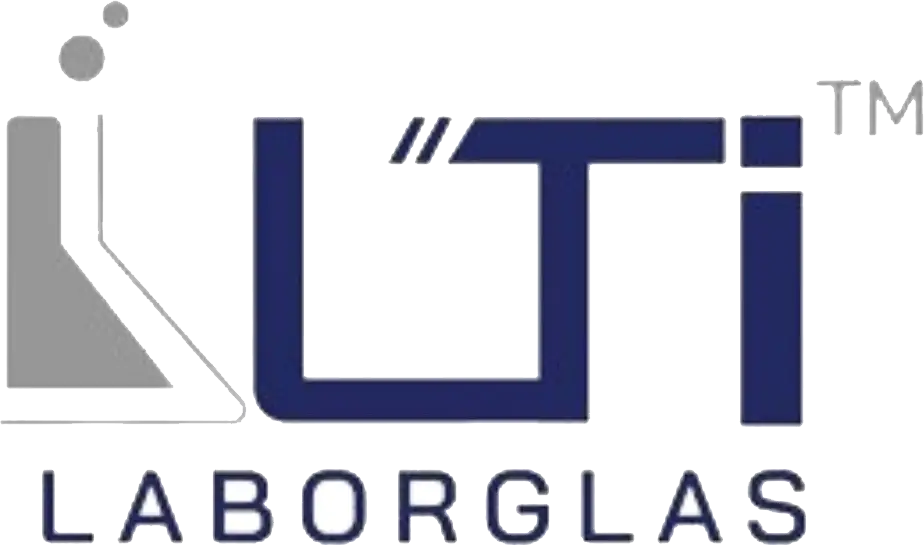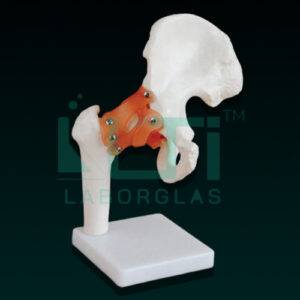- Size : 16 x 12.5 x 20 cm.
- Life size.
- Ball and socket joint.
- To illustrate abduction, adduction, anteversion, retroversion and internal/external rotation.
- Includes flexible artificial ligaments.
A shoulder joint model serves educational, medical, and research purposes, offering a detailed representation of the shoulder joint anatomy. Here’s a brief overview of its uses:
- Anatomy Education: Used for teaching anatomy, allowing students to study the structures and movements of the shoulder joint in detail.
- Orthopedic Studies: Beneficial for orthopedic education, illustrating the anatomy and mechanics of the shoulder joint in the context of musculoskeletal health.
- Physical Therapy Education: Useful in physical therapy education for understanding the shoulder joint’s range of motion, functions, and rehabilitation exercises.
- Orthopedic Surgery Planning: Healthcare professionals may use this model for surgical planning and visualization of procedures related to the shoulder joint.
- Sports Medicine Training: Relevant in sports medicine education, providing insights into shoulder joint injuries, prevention, and rehabilitation strategies.
- Patient Education: Enables healthcare practitioners to visually explain shoulder conditions, injuries, and treatment options to patients.
- Biomechanics Research: Used in biomechanics research to study the mechanics and movements of the shoulder joint, contributing to a deeper understanding of human motion.
- Rehabilitation Training: Supports training in rehabilitation settings, helping practitioners and patients understand shoulder joint exercises and therapeutic interventions.





